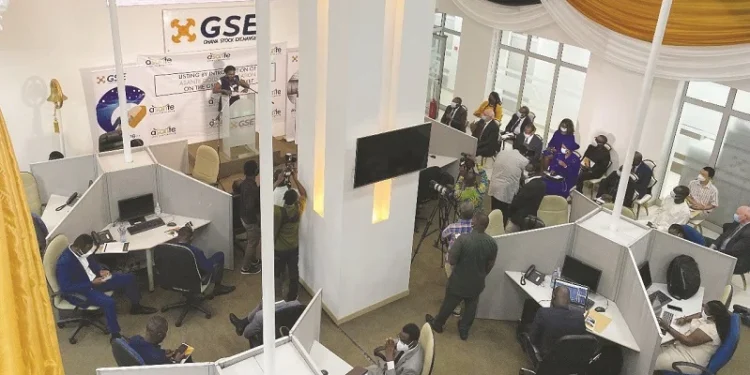The Social Security and National Insurance Trust (SSNIT) has extended the deadline for the members of the scheme to merge their SSNIT and National Identification Authority (NIA) cards from 31st December, 2021 to 30th June, 2022.
Members who are yet to register for their Ghana Cards are urged to do so by June 30, 2022, in order to merge their SSNIT and NIA numbers.
According to the Trust, the Ghana Card will be the Trust’s only form of identification starting July 1, 2022.
The Trust added The Ghana Card must be used as identification for “transactions pertaining to individuals in respect of pensions” and “transactions that have social security implications,” according to Regulation 7 (1) of the National Identity Register Regulations, 2012, L.I. 2111.
Employees and the general public, according to SSNIT, will lose access to pensions and other social services if the merger is not completed by the deadline.
“Employers are to note that they will be required to use only the NIA numbers of their workers to process Contribution Reports and make payments. Voluntary contributors will also have to pay their contributions using their NIA numbers. The Trust reminds the public that members who fail to merge their SSNIT and NIA numbers will be denying themselves access to pensions and other social security related services from SSNIT.”
SSNIT
The Trust mentioned that combining NIA and SSNIT’s databases will save SSNIT $17 million by preventing the manufacture of new biometric cards for its members.
SSNIT had previously reported that printing a biometric card for a member would have cost them $7. The Trust indicated that combining its database with NIA will cost only 60 pesewas each person, resulting in a total cost of eighteen million cedis for registering 30 million of its members on the NIA database.
Increasing Pension Population Threatens SSNIT’s Viability
According to the Africa Centre for Retirement Research (ACRR), the dependency ratio, which measures how many employees contribute to support a pensioner, has currently fallen, from 9 contributors per pensioner in 2013 to 7 in 2020. The growth rate of the retiree population continues to outpace the growth rate of contributions, which is roughly 20% and 13%, respectively.
“Generally, the level of fund reserves measures the scheme’s ability to pay benefits to current and future beneficiaries. The rate of growth in the reserve generally follows the development of income and expenditure patterns.”
ACRR
Mr. Abdallah Mashud, Executive Director of ACRR, posited that this situation has a negative effect on the national pension scheme’s viability.
According to the ACRR, starting in 2032, overall income (contributions, investment income, and other income) will not be enough to cover annual expenses as the reserve of the trust begins to shrink. Hence, the institution added that government should do something about the situation
“ACRR is however of the opinion that – considering the SSNIT pensioners’ post-retirement mortality pattern, increasing the retirement age by two years will result in more members dying in service (instead of on a pension).
“Given the generosity of the survivors benefit formula, this policy option might offer little help in relieving pension payment pressure unless the survivors’ benefit formula is adjusted.”
ACRR
READ ALSO: Government Secures GH¢1.42 Billion From 14-Day BOG Bill























